{FREE} St. Patrick’s Day Triangle Game | Grades 4-6
Teach your kids triangle properties and types of triangles with this adorable St. Patrick’s Day triangle game.
There is something fun about learning and exploring shapes. And today, we get to explore triangles! Learn how to compare triangles and classify triangles using different names to represent the different categories of triangles. These vocabulary terms may be new for your kids, so you may want to do a quick overview of the terms before playing the game.
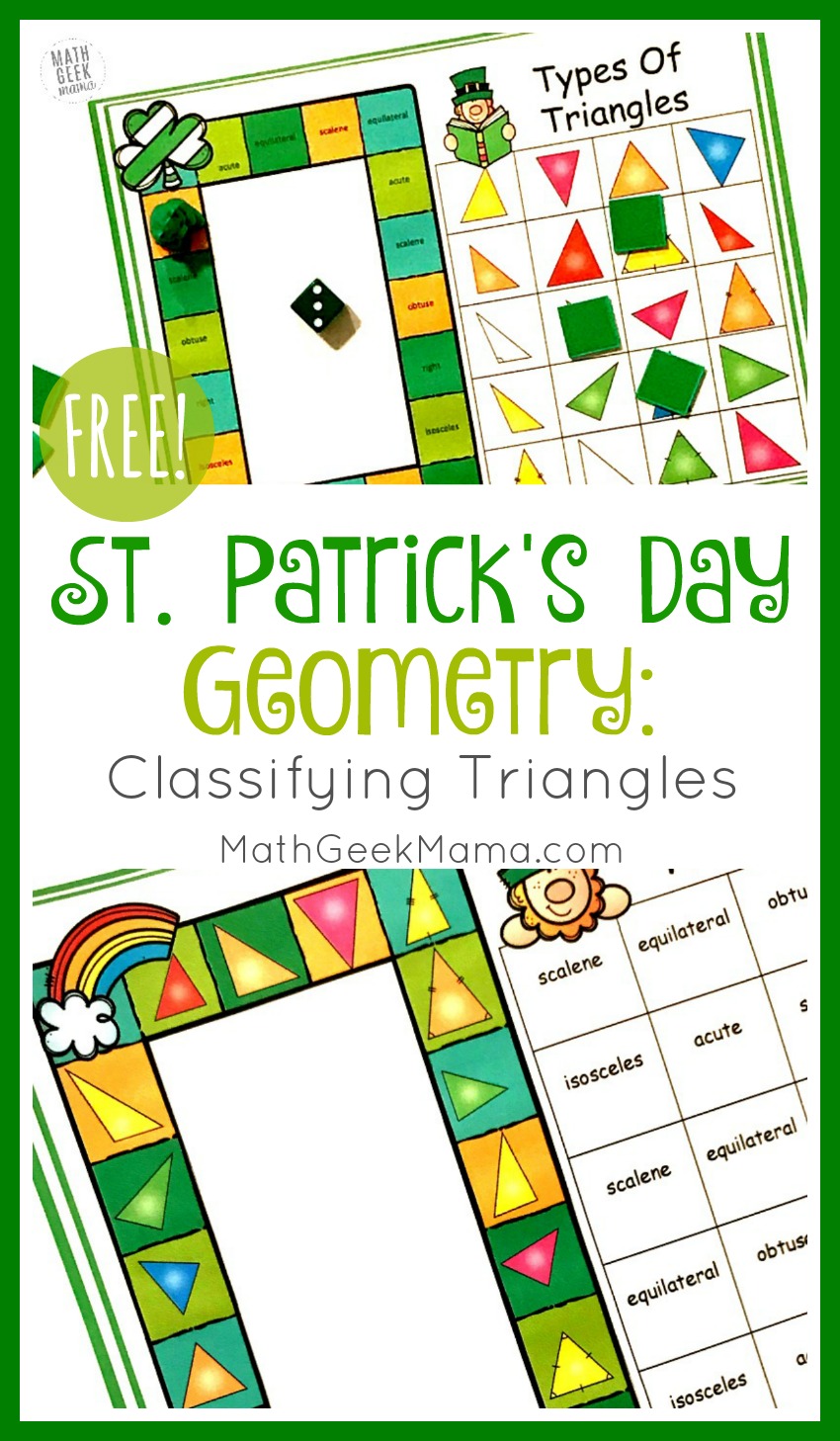
*Please Note: This post contains affiliate links which support the work of this site. Read our full disclosure here.*
This is a guest post from Rachel of You’ve Got This Math.
Exploring Types of Triangles
There are many different types of triangles, depending on the length of the sides and the size of its angles. We use these distinctions to categorize triangles in different ways.
To explore what makes a triangle a triangle, you might enjoy this lesson using the book The Greedy Triangle.
Categorizing types of triangles based on the length of sides:
Equilateral, isosceles, and scalene triangles are how we categorize types of triangles based on the length of the sides.
An equilateral triangle definition matches its name. We know that equal means being the same in quantity or size, and lateral means sides. So an equilateral triangle is a triangle in which all the sides are equal. Also, this means all the angles are 60 degrees!
An isosceles triangle has only two equal sides. For a fun fact, isosceles means equal legs. Humans have two legs, which helps us remember that an isosceles triangle has two equal sides and two equal angles.
Finally, we come to the scalene triangle. Its name means odd or uneven. So a scalene triangle is a triangle in which no angles or sides are equal.
Categorizing types of Triangle Based on Angles:
We can also classify triangles based on the measurement of their angles.
If your children aren’t familiar with angles, you may want to work on measuring some before you introduce these types of triangles….but once you do that you will be ready to go.
Let’s start with the right triangle. It is an easy one. A right angle is 90 degrees and therefore a right triangle has one angle that equals 90.
As you know, an obtuse angle is an angle greater than a right angle (90 degrees) and less than a straight line, which is 180 degrees. An obtuse triangle is a triangle that has one angle that is obtuse.
Now, our last triangle is the acute one. Of course, an acute angle is an angle that is less than 90 degrees, but more than zero. An acute triangle is a triangle in which all 3 angles are acute angles.
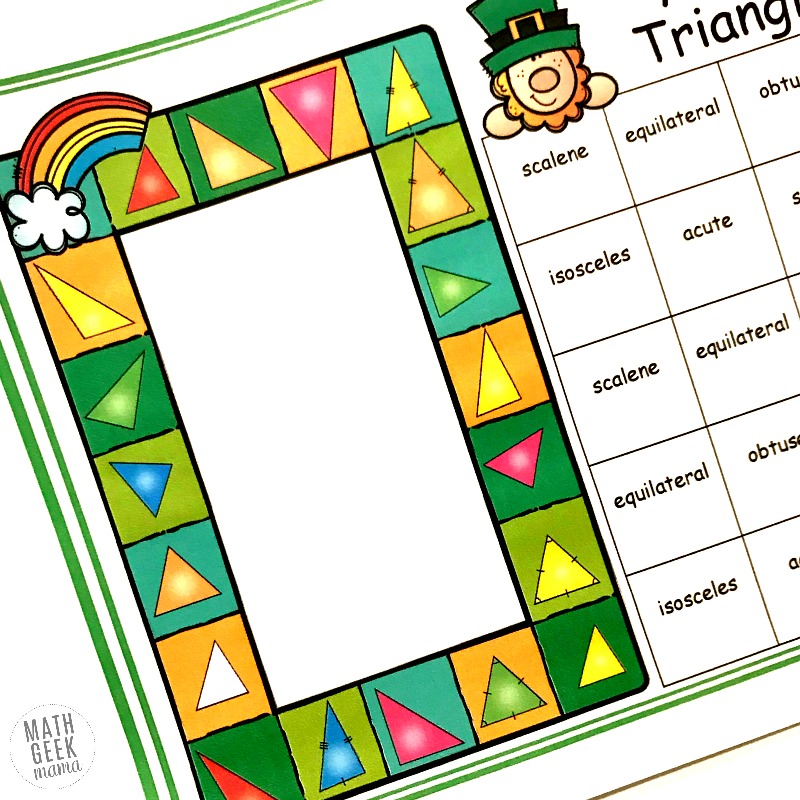
Combining the Two to Classify Triangles:
You probably have already figured it out, but a triangle can actually have two different names.
Let’s say a triangle has a right angle and two angles with 45-degree angles. Yes, it is a right triangle, but it is also an isosceles triangle because two of the sides will be equal length.
In fact, you could call it a right isosceles triangle.
An equilateral triangle is always an acute triangle. As you explore these classifications with your students, pose these as questions for them to consider.
For example, is it always, sometimes or never true that an equilateral triangle is an acute triangle? How do you know?
This will push them to think about what the vocabulary terms and classifications mean, and the implications of all side lengths being equal.
So why is this fact always true?
The angles in a triangle equal exactly 180 degrees between the three angles. If all three sides are equal length, all three angles must also be equal. So 180 divided by 3 is 60.
Since the angles of the equilateral triangle are always 60, it is therefore also an acute triangle.
If your students struggle to visualize every single equilateral triangle having angles that measure 60 degrees (even as the triangle gets larger), take some time to draw equilateral triangles on the board and measure the angles.
Classifying Types of Triangles: St. Patrick’s Day Triangle Game

St. Patrick’s Day Game Prep – work:
This game is super low-prep.
- First, print off the game boards you would like to use (one per player).
- Next, gather up bingo markers, a game piece, and a die.
How to Play the Classifying Triangles Game:
The player places his game piece on the game board and rolls the die. If using the game board with vocabulary words, the player will then find that triangle on the bingo board and cover it up.
If the game board has pictures of triangles, then the player will look to see if he can find a triangle that matches the name.
(Remember some triangles could have two names)
The first player to get four in a row wins!
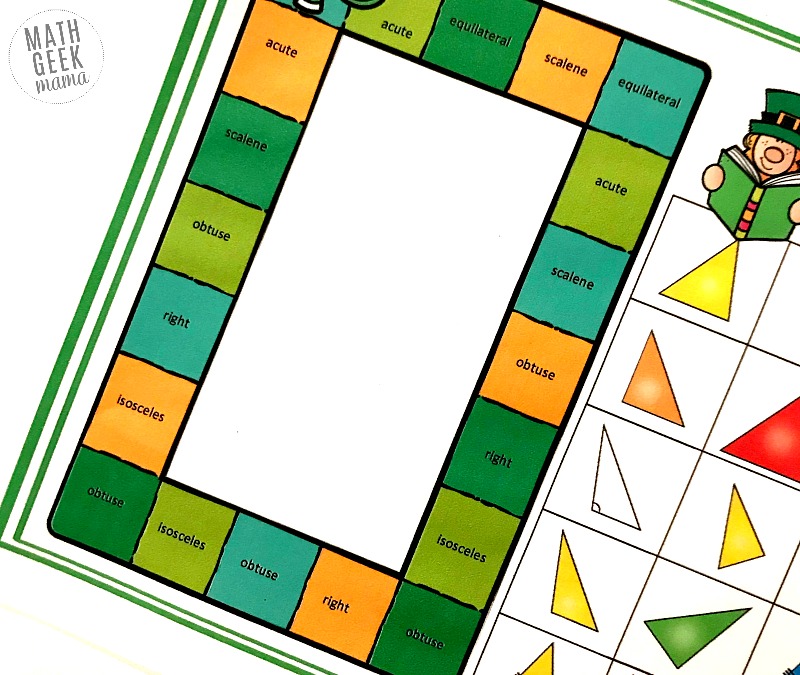
Enjoy this fun game and a chance to explore triangles more deeply!
For more practice with the angles inside triangles, try this simple, hands on inquiry lesson!
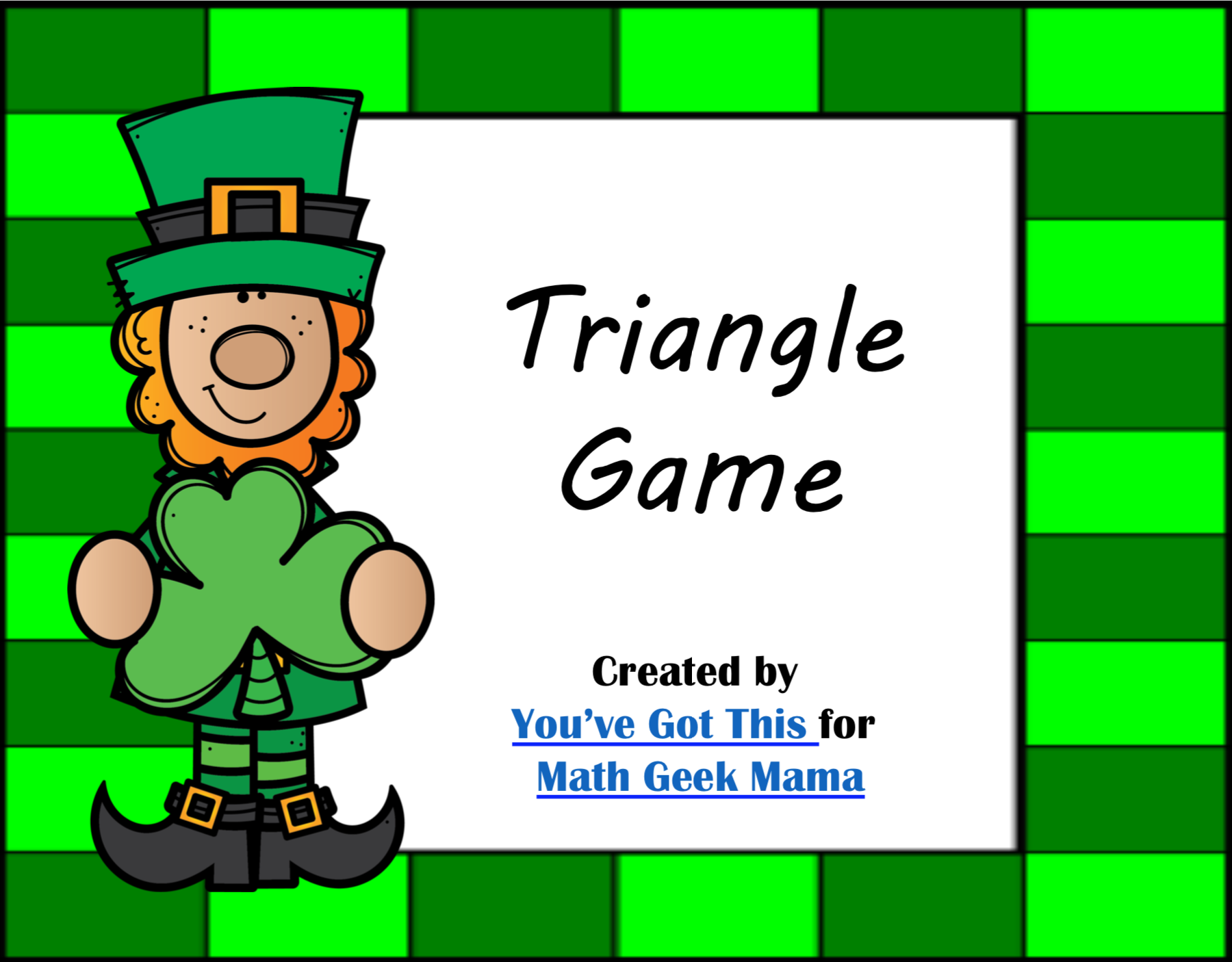
{Click HERE to go to my shop to grab the FREE St. Patrick’s Day Triangle Game!}
Rachel is a homeschool mom to four little ones, ages 2 to 6. She is a former public elementary teacher, and has recently begun blogging at her page You’ve Got This. You can also find her on Facebook and Pinterest.


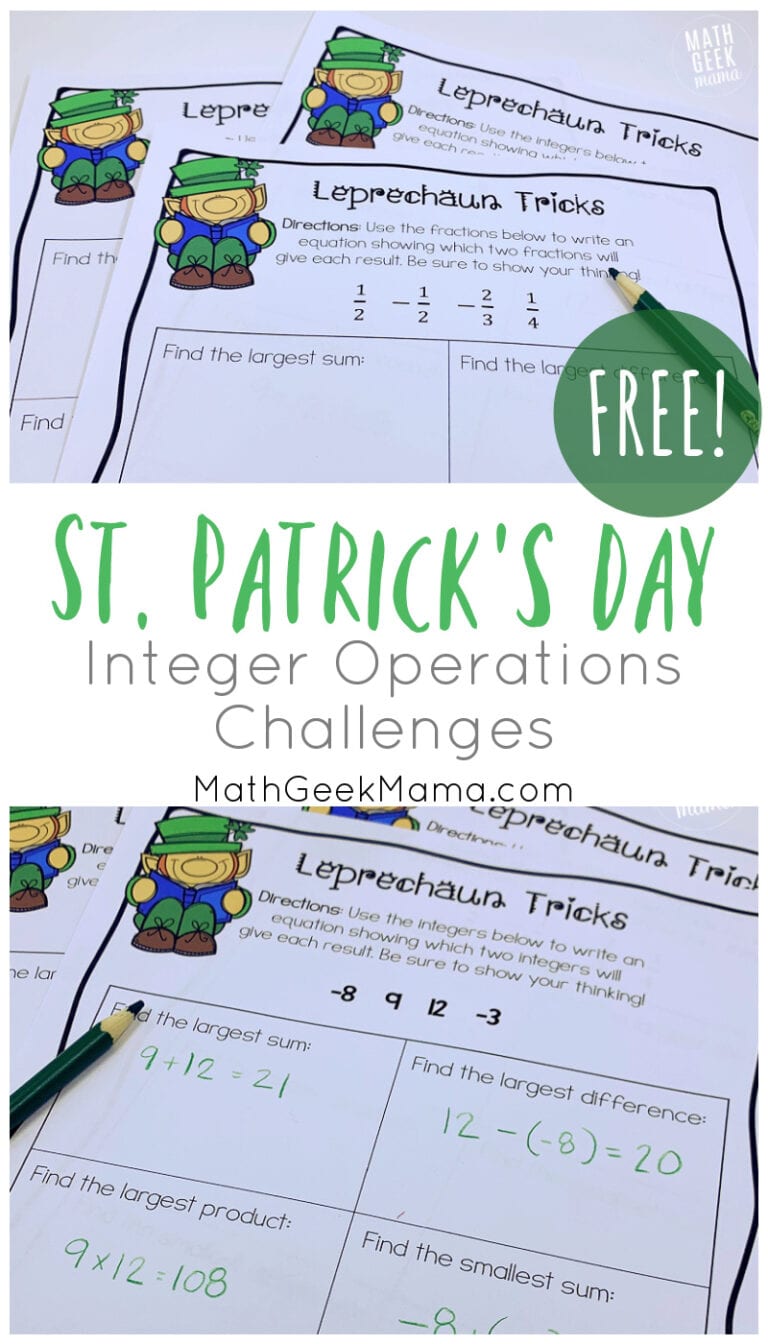
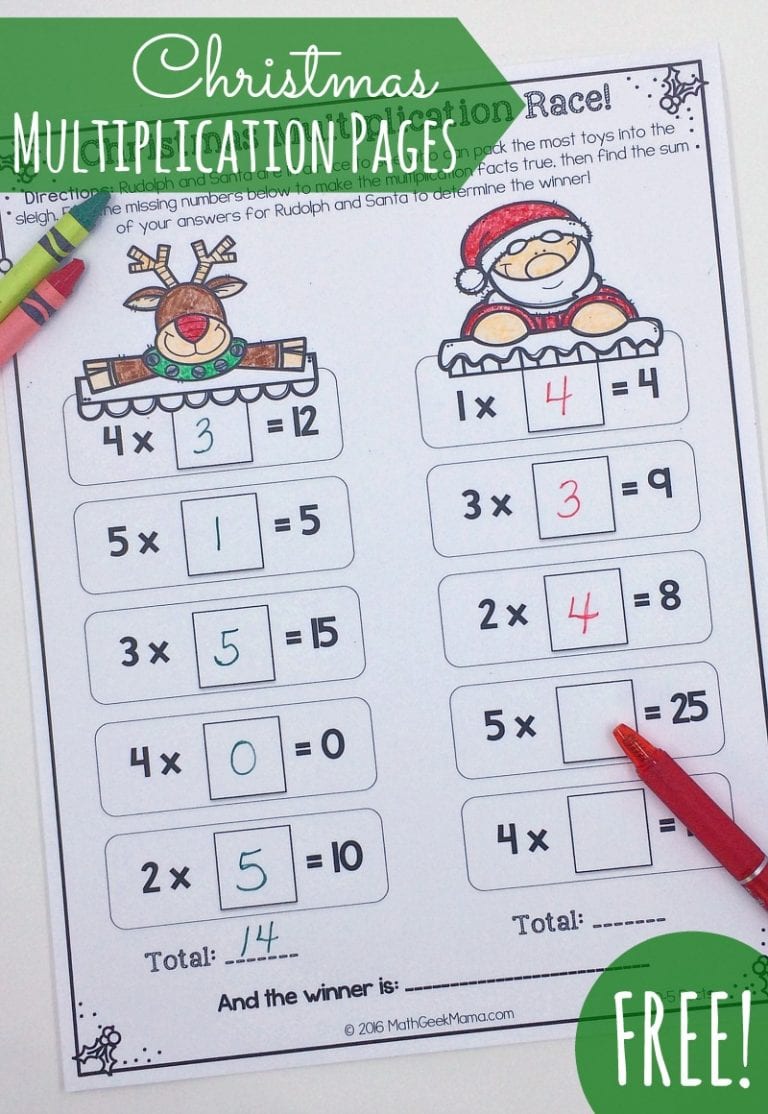

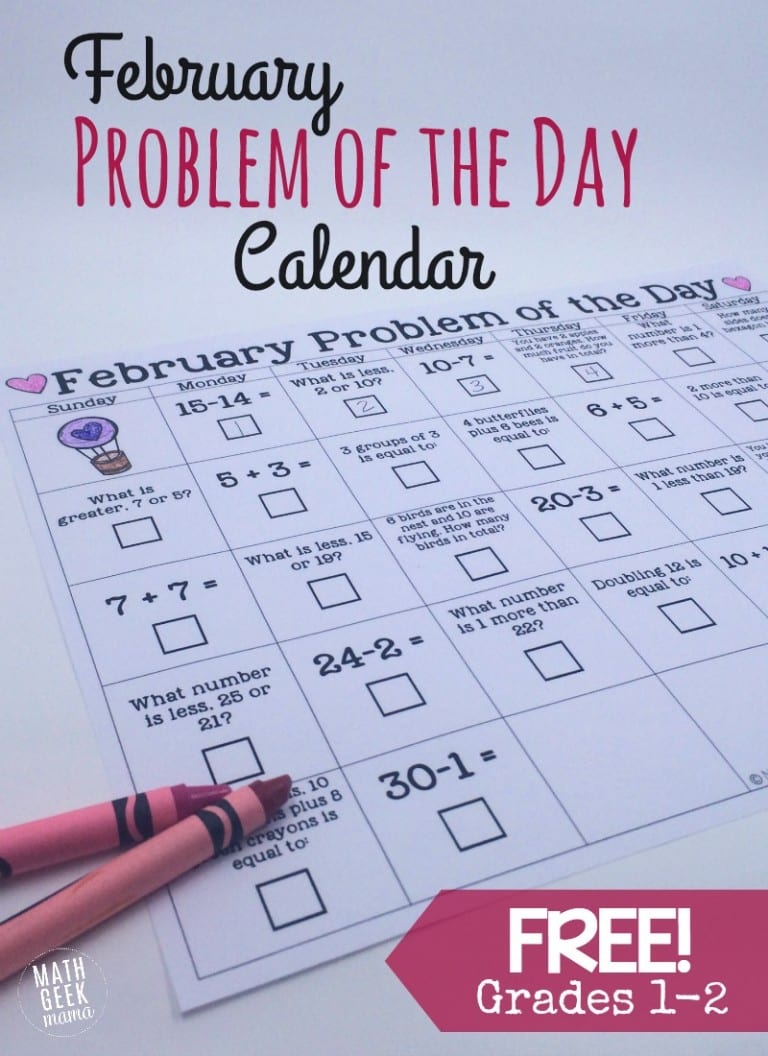

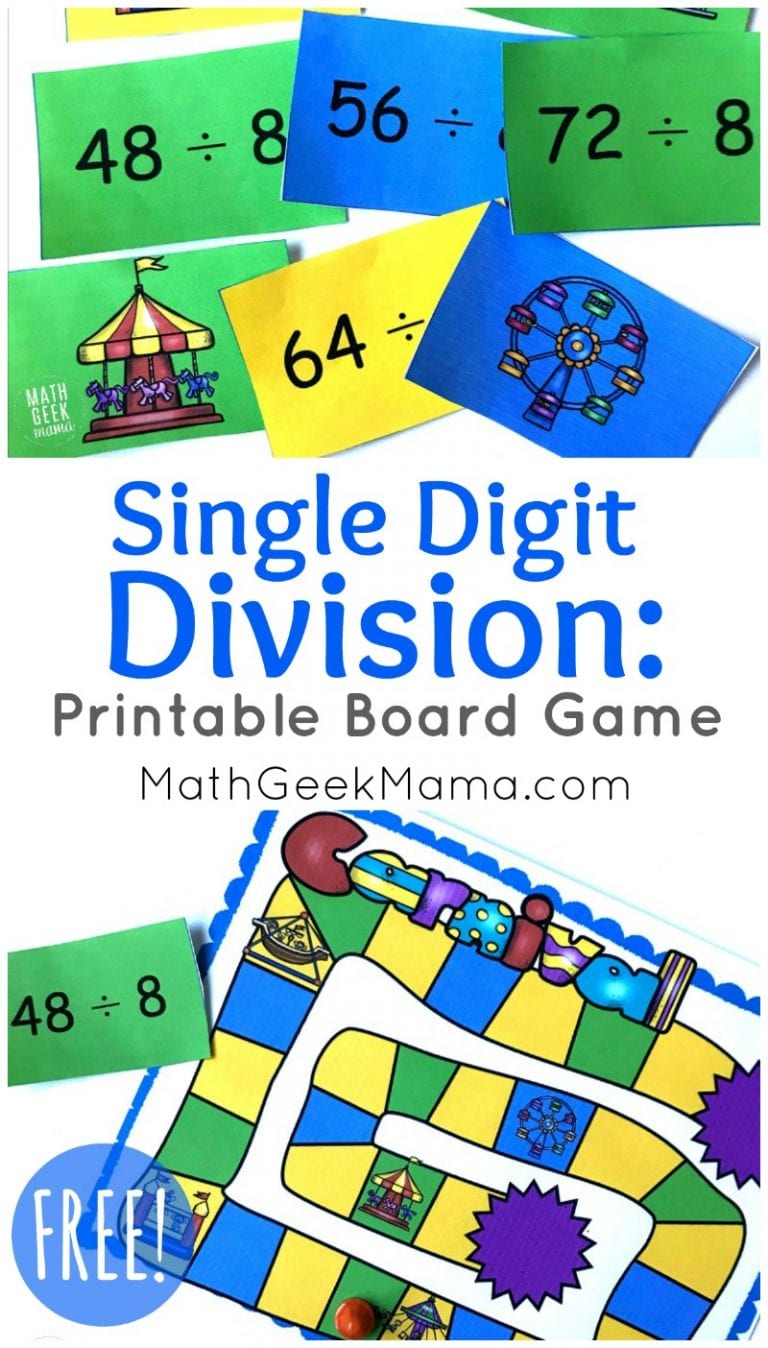




2 Comments
Comments are closed.